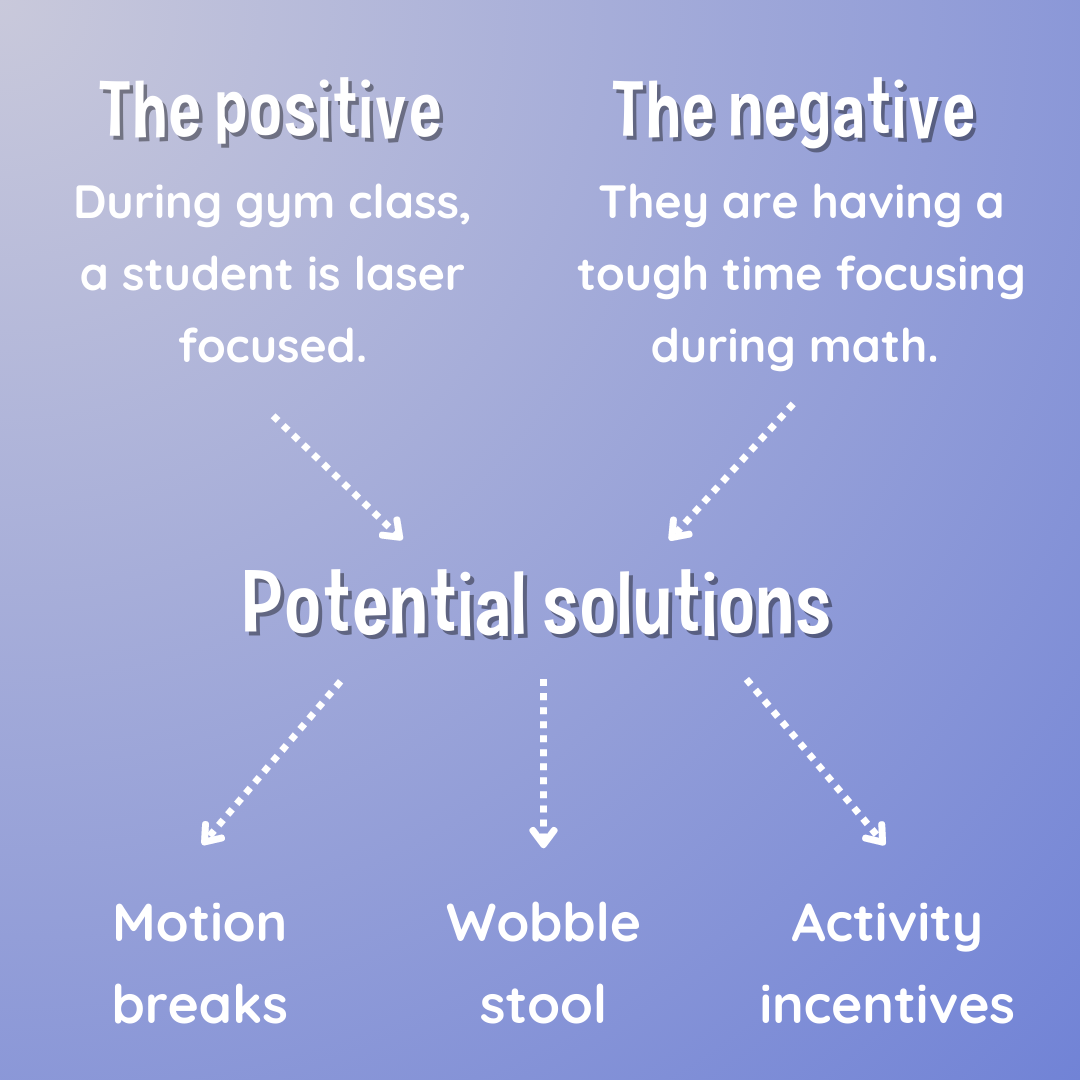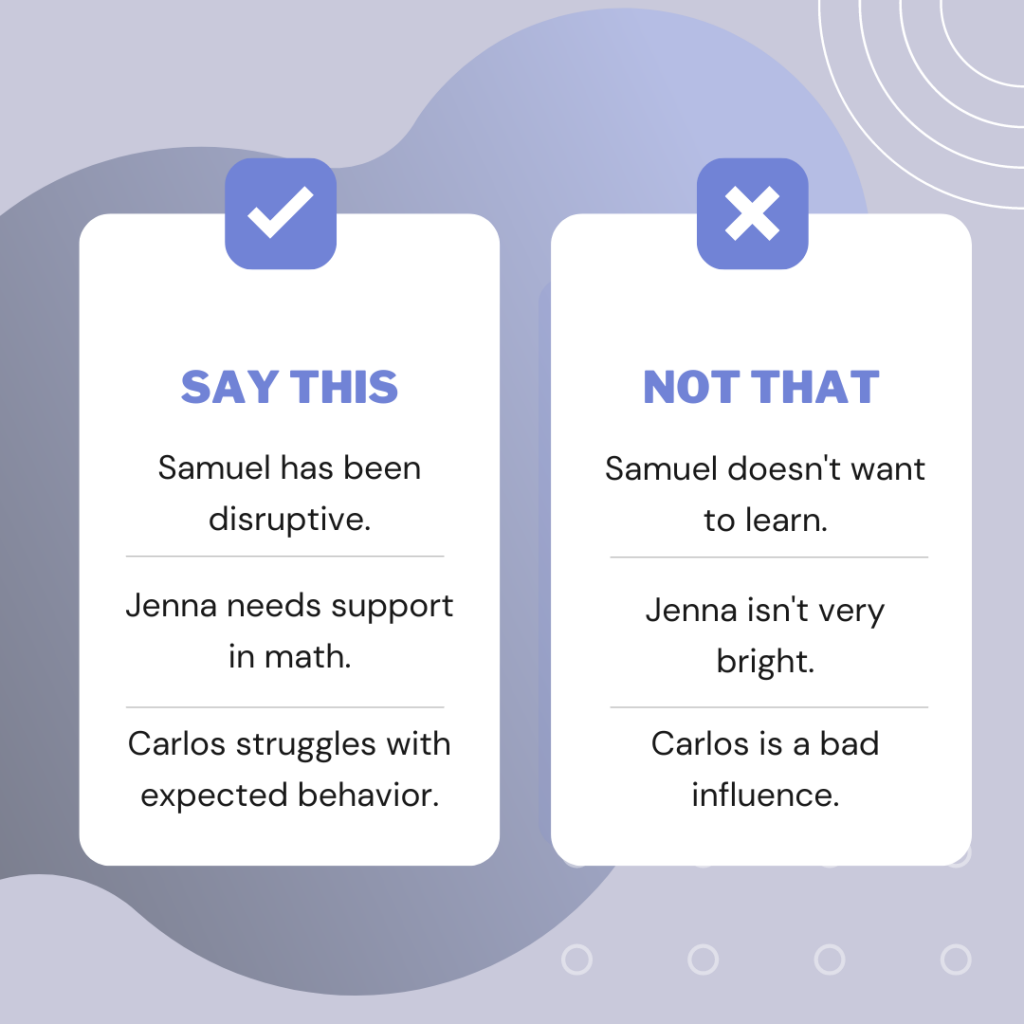By Carissa Lellos

We’ve all had to face conversations we wish we could avoid. It can be daunting, but the instinct to recoil from these conversations does more harm than good in the long run. No matter what age group you teach, there will be times when you need to have uncomfortable conversations with caregivers about their child’s behavior or academic performance. These conversations can be challenging, but working through them together can strengthen the relationship you have with your students’ caregivers and make a huge difference for your students going forward. Read on for tips to navigate uncomfortable conversations with caregivers.
Listen actively
During the conversation, it’s crucial to listen actively to the caregiver’s perspective. Avoid interrupting or becoming defensive. Allow the caregiver to express their thoughts and concerns fully. Active listening can help to build trust and lead to a more productive conversation.
Always include something positive
When starting a difficult conversation with caregivers, it’s essential to begin with something positive. Connect a students’ strength to their area of difficulty. This will build trust and create a more receptive environment for the conversation. It is also good practice for you to avoid deficit thinking and be able to use students’ strengths to help their areas of difficulty. Using examples of positive behavior when speaking to students about their focus can make what you’re asking of them more attainable. Communicating this potential for success to parents instead of only focusing on what their student is doing wrong is crucial to working towards a solution.

Be specific
When discussing a student’s behavior or academic performance, it’s important to use specific language. Vague statements can lead to misunderstandings and defensiveness. Use examples and specific behaviors to help caregivers understand the issue. Make sure to give context, be concise, and speak respectfully.
Use person-first language

Person-first language is based on the idea that a person’s traits, differences, or behaviors are not what define them. Person-first language is commonly used when discussing disabilities, but can and should be applied widely. You can do this by avoiding making personal attacks and focusing on specific behaviors that need to change. For example, instead of saying “Your child is lazy,” you might say, “Your child is struggling to stay motivated.” Never tell caregivers what their children are; instead, tell them what they’re doing.
Brainstorm solutions
After you’ve discussed what the issue is, having potential solutions and next steps can keep the conversation productive. Work collaboratively with the caregiver to develop a plan to address the issue. Make sure to follow up on the plan and keep communication open. As important as it is to work on next steps, you don’t have to know what to do right away. Being open to suggestions or input from caregivers is sometimes even more beneficial than going in with an action plan. Everyone wants to be part of the solution – letting caregivers brainstorm with you can solidify this partnership.
Practice makes Improvement
Having uncomfortable conversations with caregivers is an essential part of being a teacher. By following these tips and focusing on specific behaviors, you can have productive conversations that lead to positive outcomes for students. Remember to listen actively, offer solutions, and focus on the behavior, not the person. With practice and support, you can become more adept at having difficult conversations, build stronger relationships with caregivers, and work towards solutions for your students.

Join us each week as we cover tips and resources for nurturing caregiver-teacher relationships and increasing community engagement.
Looking for more Teacher Tip Tuesday content? Visit https://www.footsteps2brilliance.com/category/teacher-tip-tuesday/
Not signed up? To learn how to provide your class with access to the Footsteps2Brilliance bilingual literacy program, click here, or sign up to speak to a Footsteps2Brilliance expert here.




